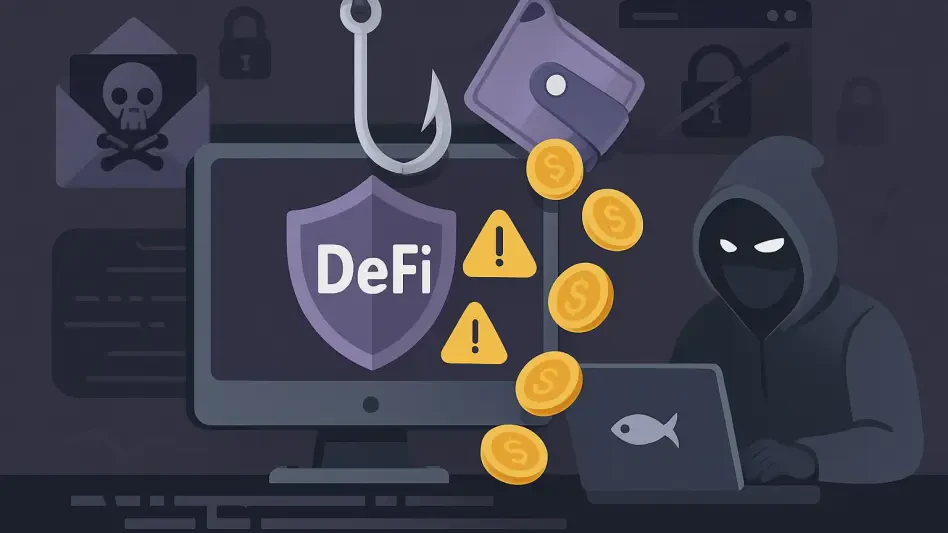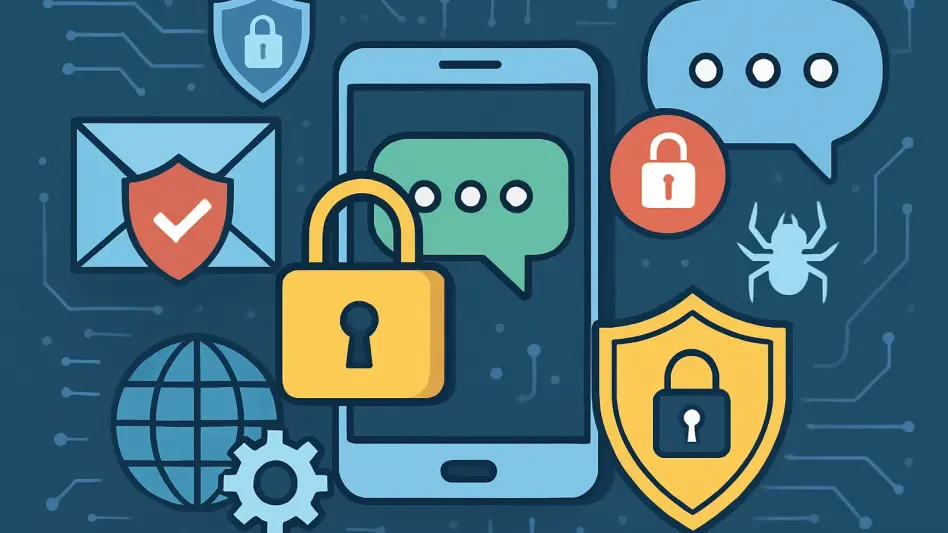As the world becomes increasingly interconnected and digital, businesses face a growing threat from cybercriminals who exploit these advancements. The traditional methods of phishing, which often relied on rudimentary tactics and basic psychological manipulation, have now evolved with the advent of artificial intelligence (AI), making it even more difficult to detect and defend against. AI-driven phishing attacks represent a new and more complex wave of cyber threats, compelling organizations to rethink their cybersecurity strategies. This article delves into the nature of AI-powered phishing attacks and explores how businesses can protect themselves in this heightened threat environment.
The Rise of AI-Powered Phishing Attacks
Phishing attacks have long exploited human psychology to deceive individuals into revealing sensitive information, clicking on malicious links, or downloading dangerous attachments. However, the integration of AI into these phishing strategies has significantly upped the ante, creating emails and other communications that are nearly indistinguishable from legitimate ones. By analyzing vast amounts of data, AI tools can craft hyper-personalized phishing emails that not only mimic legitimate communication but also adapt to individual behaviors and preferences, significantly increasing the likelihood of success.
The sophistication of AI-driven phishing goes beyond just email phishing. AI can generate deepfake audio and video, creating realistic impersonations of trusted individuals within an organization. For example, in 2023, a major multinational company suffered a substantial financial loss due to executives being tricked by a deepfake-generated voice call. This incident showcased the advanced nature of current phishing tactics and underscored the need for more robust security measures. AI’s ability to bypass traditional security measures makes it an incredibly potent tool for cybercriminals and a significant challenge for defenders.
The Appeal of Targeting Businesses
Businesses are highly attractive targets for cybercriminals due to the vast amounts of valuable financial and customer data they possess. The sheer volume of emails that employees handle daily increases the probability that one might fall prey to a sophisticated phishing scam. Furthermore, the shift towards remote work, which expands the attack surface, complicates efforts to secure business data. With more entry points for attackers to exploit, businesses must be extraordinarily vigilant in their cybersecurity measures.
The motivation for targeting businesses extends beyond just financial gain. Cybercriminals also seek to disrupt operations, steal intellectual property, and tarnish the reputation of their targets. The consequences of a successful phishing attack can be devastating, ranging from financial losses and legal liabilities to long-term damage to a company’s brand. As attackers refine their methods, businesses must recognize the growing appeal to cybercriminals and take proactive steps to protect their assets. The potential impact of a breach makes it essential for companies to prioritize robust cybersecurity defenses.
Recognizing Common AI-Enhanced Phishing Tactics
AI-powered phishing tactics come in many forms, and understanding these can help businesses protect themselves. Email phishing remains a favorite approach, though spear phishing, whaling, smishing, and vishing have also seen significant advancements thanks to AI. Spear phishing, for instance, takes the standard phishing email and tailors it to specific individuals using personal information gathered through data analysis, making the scam appear incredibly convincing. Whaling targets high-level executives, often with emails and calls designed to appear like they come from other executives or trusted partners.
Smishing and vishing extend the reach of phishing beyond email, using text messages and voice calls to deceive victims. The advanced use of AI allows these tactics to be more personalized and convincing, increasing their success rates. A notable instance of AI’s impact on phishing occurred in 2023 when a major multinational company fell victim to a deepfake-generated voice call, resulting in a substantial financial loss. This example illustrates the advanced nature of current phishing tactics and the importance of remaining vigilant against these multifaceted threats. By understanding these tactics, businesses can better educate their employees and enhance their defenses.
Training Employees to Spot Phishing Attempts
Preventing phishing attacks starts with educating employees to recognize the signs of phishing attempts. Training programs should focus on identifying red flags, such as suspicious email addresses, urgent action requests, and unfamiliar links or attachments. Employees should be aware of the subtle warning signs that often accompany phishing attempts, such as poor grammar and formatting, though AI advancements mean that not all phishing emails will exhibit these errors. Continuous training ensures that employees stay updated on the latest phishing tactics and can respond appropriately.
A well-trained workforce can act as the first line of defense against phishing attacks. Regularly scheduled training sessions and simulated phishing exercises can help reinforce the importance of cybersecurity awareness. These simulations can identify weaknesses in employee knowledge and provide opportunities for targeted training. Additionally, fostering a culture of cybersecurity within the organization encourages employees to report suspicious activity, further enhancing the company’s defenses. By prioritizing training and awareness, businesses can mitigate the risk of falling victim to phishing scams and safeguard their valuable data.
Implementing Robust Security Measures
A multi-layered strategy is essential for protecting against phishing attacks. Regular phishing simulations can help identify vulnerabilities and reinforce training, ensuring that employees are prepared to recognize and respond to phishing attempts. Advanced email security tools, such as AI-driven email filtering, can block many phishing attempts before they reach employees, providing an additional layer of protection. These tools analyze incoming messages for known phishing indicators and use machine learning to adapt to new tactics.
Implementing multi-factor authentication (MFA) provides an added layer of security, reducing the risk of unauthorized access even if an employee falls for a phishing scam. MFA requires users to verify their identity through multiple factors, making it much harder for attackers to gain access to sensitive systems and data. Verifying sensitive requests via multiple channels further enhances security. For example, if an executive receives an email requesting a large fund transfer, a follow-up phone call can confirm the request’s legitimacy. By combining technological solutions with robust processes, businesses can create a resilient defense against phishing attacks.
Countering AI-Driven Threats with Proactive Measures
As the world becomes more interconnected and digital, businesses face an escalating threat from cybercriminals exploiting these advancements. Traditional phishing methods, which once depended on basic tactics and psychological manipulation, have evolved with the rise of artificial intelligence (AI). Now, AI-driven phishing attacks are more sophisticated, making them harder to detect and defend against. These advanced cyber threats force organizations to reconsider their cybersecurity strategies. This article examines the characteristics of AI-powered phishing attacks and offers insights into how businesses can protect themselves in this increasingly perilous environment. By understanding the growing risks and implementing robust defense mechanisms, companies can better guard against these complex threats. Additionally, it is essential to educate employees about the latest phishing techniques and continuously update security protocols. By staying vigilant and proactive, organizations can navigate this heightened threat landscape and ensure the safety of their digital assets.







